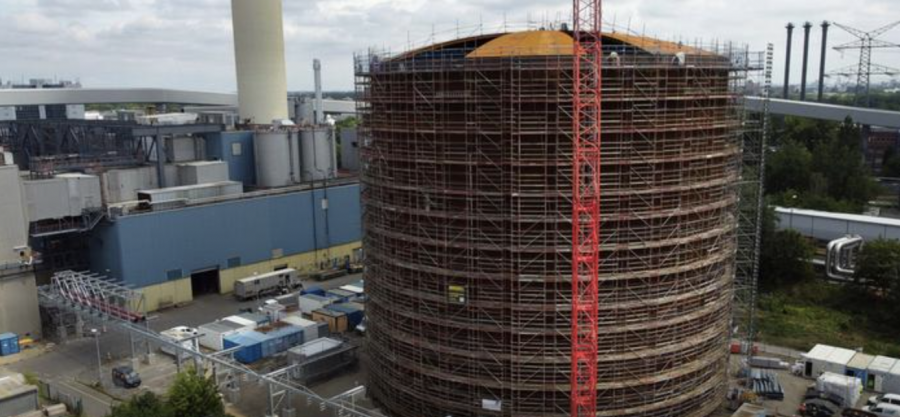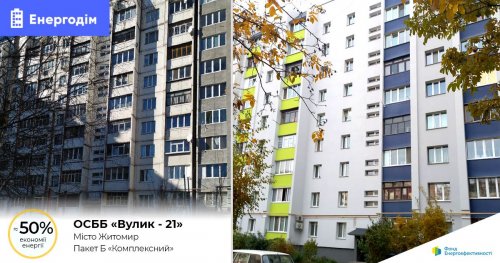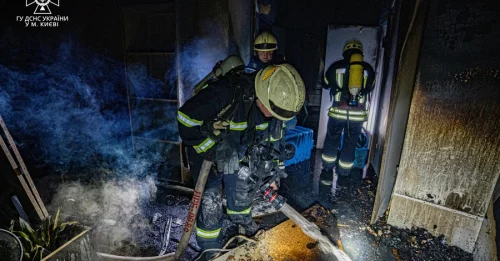In Germany near Berlin Swedish utility company Vattenfall builds a 45-meter tower to store 56 million liters of hot water.
In winter, it will be used for heating residential buildings and hot water supply, reports DW.
The tower will use electricity from solar and wind farms during periods when their generation exceeds the consumption level in the power grid.
This project is currently relevant for Germany in the context of reducing Russian gas supplies.
"We can save/store energy in the form of warm water. This will be fed into the water supply network and consumers will be able to use hot showers or heat their homes in winter," said project manager Jörnt Spijksma.
The material noted that it is very difficult to save energy obtained from renewable energy sources. Often the potential of WPPs and SPPs is lost, because the energy they produce is not needed at that very moment.
Thanks to this storage, energy can be used to heat water, which can be used later.
"It's like a thermos that you pour your coffee into in the morning and after 3 hours it's still hot. It's a very good idea," Spijksma explained.
The transition to renewable energy is slow, but the transition from fossil fuels should be completed by 2050. To make this possible, it is necessary to transform the entire infrastructure. And such accumulators can mitigate the pressure that has arisen due to the reduction in Russian gas supplies.
Under the EU's emergency gas plan, Germany must cut its natural gas consumption more by 10 billion m³ from 45 billion m³ of total savings.
Earlier, EcoPolitic wrote, that on August 9, the EU's plan for reduction of gas consumption by at least 15%, to deal with the energy price crisis caused by russia's war in Ukraine entered into force.
As EcoPolitic reported earlier, the European Commission approved the program developed by the German government of eco-modernization of district heating for €2.98 billion, which involves the use of renewable energy, waste heat and the decarbonization of existing networks.





